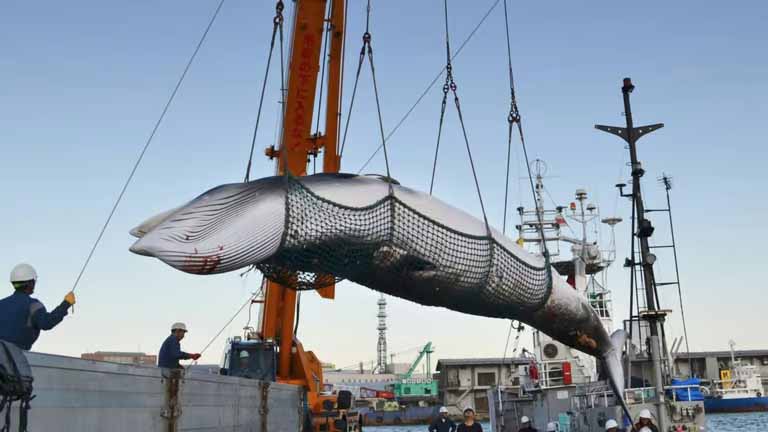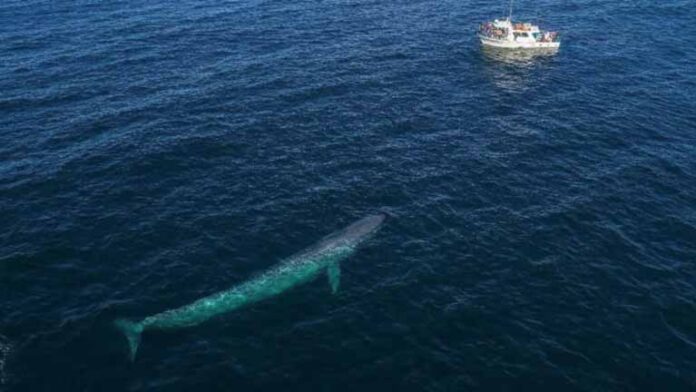Return Of The Titans : Moby Dick was one of my favorite novels during my childhood days. The characters, especially the vengeful and enigmatic Captain Ahab, were astutely sketched out by Herman Melville. But good literature is rarely solely for purely literary purposes and almost always is a societal mirror of the time and age.
The novel provides a vivid and critical portrayal of the whaling industry of the 19th century — the whaling process, including the hunting and processing of whales, which can be seen as a commentary on the industry’s impact on marine life and the environment. Moby Dick exemplifies man’s obsession to try and tame nature for his benefit, resulting in a perpetuated conflict between the two.
While Moby Dick was my entry point into understanding whaling, let me step away from the pages of literature and into history. Whaling has been practiced for thousands of years, with evidence of organized whaling dating back to at least 3,000 BCE. Early whaling was conducted by indigenous peoples around the world for subsistence, using small boats and hand-thrown harpoons.

However, the commercial whaling industry, as we know it today, began to expand in the 17th century with the development of more advanced whaling techniques and the increasing demand for whale products, such as oil for lamps and candles, as well as whalebone for corsets, umbrellas, and other goods.
The expansion of commercial whaling had brutal effects on whale populations. Over the years, many whale species were hunted to the brink of extinction. The introduction of more efficient hunting methods, such as the invention of the exploding harpoon in the 19th century, further accelerated the decline of whale populations.
Additionally, the industrialization of whaling led to the large-scale processing of whales, resulting in significant environmental impacts, including the pollution of coastal areas and the depletion of marine ecosystems.
Read More : MPs Suspended: संसद से 30 लोकसभा सांसद हुए पूरे सत्र के लिए निलंबित,
The brutal effects of commercial whaling eventually led to widespread concern for the conservation of whale species and the marine environment, culminating in the establishment of international regulations and the eventual moratorium on commercial whaling by the International Whaling Commission in 1986. This moratorium aimed to allow whale populations to recover from centuries of overexploitation. Today, whaling is largely prohibited, and many countries have shifted their focus to whale conservation and responsible whale-watching tourism.
It is safe to say that even though we belong to the species that invented the barbaric practice of whaling, with the ushering of modernity, we have learned to undo and rectify mistakes that we committed in the bloody waters of history. Keeping that in mind, I’d like to share with you some wonderful news that has been recently brought to light by the BBC news.
In a remarkable turn of events, the magnificent blue whales, the largest animals on Earth, have made a triumphant return to the Indian Ocean near the Seychelles islands, in the Somali Sea. Decades after being decimated by commercial whaling, the majestic creatures have been spotted and their presence confirmed through underwater audio recordings, signaling a promising resurgence in their population.


















